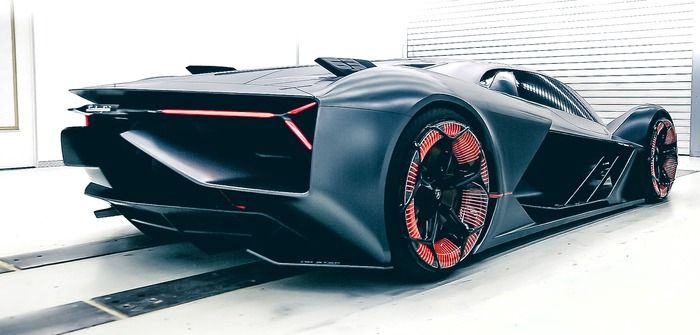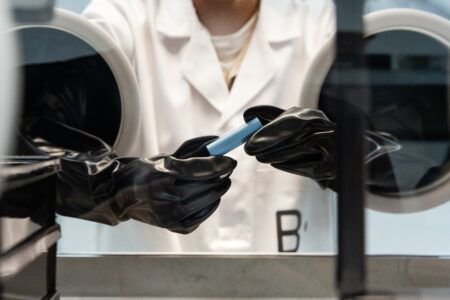In collaboration with two engineering laboratories at Massachusetts Institute of Technology (MIT), Lamborghini showcased its latest future electric supercar vision in November 2017, much to the surprise of the watching automotive world.
While most onlookers – and rivals – had been expecting the Italian brand to finally reveal its production SUV, the Urus, which has had its public debut delayed by several months, missing the 2017 Geneva Motor Show in March and Frankfurt Motor Show in September, Volkswagen Group’s Maranello chaser instead wheeled out a two-seater e-powertrain technology tour de force.
And perhaps most tellingly, Stefano Domenicali, chairman and CEO of Lamborghini, says such a lab-based academic dream remains a realistic real-world possibility. “Exactly one year ago, we signed an agreement with the MIT-Italy program at MIT, which marked the start of a collaboration between two outstanding entities for the creation of a project that intends to write an important page in the future of super sports cars for the third millennium.
“Collaborating with MIT is an exceptional opportunity for our R&D department to do what Lamborghini has always been very good at: rewriting the rules on super sports cars. Now, we are presenting an exciting and progressive concept car. We are inspired by embracing what is impossible today to craft the realities of tomorrow; Lamborghini must always create the dreams of the next generation.”
Titled Terzo Millennio, the concept aims to address five Lamborghini-led dimensions: energy storage systems, innovative materials, propulsion systems, design and emotion.
The first two dimensions – energy storage systems and innovative materials – were conceived together with the two labs at MIT: the Dinca Research Lab, led by Prof. Mircea Dinca from the department of chemistry; and the Mechanosynthesis Group, led by Prof. Anastasios John Hart from the department of mechanical engineering.

Storage solutions
From an engineering perspective, a major point of interest resulting from the collaboration project (which has been substantially funded by Lamborghini), is the energy storage system. This is partly because Lamborghini has gone on record to state that for the next generation of supercars, it wants to revolutionize automotive energy storage, meaning its engineers should look not just at conventional battery tech, like the rest of VW Group, but also supercapacitors – which is exactly what the Terzo Millennio gets.
This line of thinking also stays true to the application of low-voltage supercapacitors in the V12 Aventador. According to Lamborghini, the next step is development of a storage system able to deliver high peak power and regenerative kinetic braking with very limited influence from aging and cycling during the car’s life, and with the ability to symmetrically release and harvest electric power.
The tie-up with Dinca specifically aims to overcome the limits of today’s technology and close the widening gap on conventional batteries’ energy density, while maintaining the high power, symmetrical behavior and very long lifecycle that comes with supercapacitor tech.
As Dinca continues, “This new Lamborghini collaboration enables us to be ambitious and think outside the box in designing new materials that answer energy storage challenges for the demands of an electric sport vehicle.”
Tellingly, though, neither Lamborghini, Dinca nor MIT are willing to reveal any numbers related to the Millennio, and that includes even basic data such as power, range and speed.
What is known is that Lamborghini, a huge advocate of four-wheel drive, is looking into in-wheel motor technology, and that’s exactly what the Millennio gets when it comes to the propulsion system, in the process realizing high torque, reversibility and the possibility of moving energy by wire.

Material world
On the materials side, Lamborghini says the project furthers its expertise in carbon-fiber structure and parts. Here, the work with Prof. Hart and the team has already been key, investigating new manufacturing processes
for carbon-fiber materials constituting the body shell of the Millennio, which will also act as an accumulator for total energy storage and enable the complete body of the car to be used as a storage system.
Perhaps the most radical aspect of the Millennio is that the partners are also looking into self-healing materials; the aim here is to provide the supercar with the ability to conduct its own health monitoring to detect cracks and damages in its substructure from accidents. In this case, a self-repairing process starts via microchannels filled with healing chemistries, reducing the risk of small cracks to zero.





